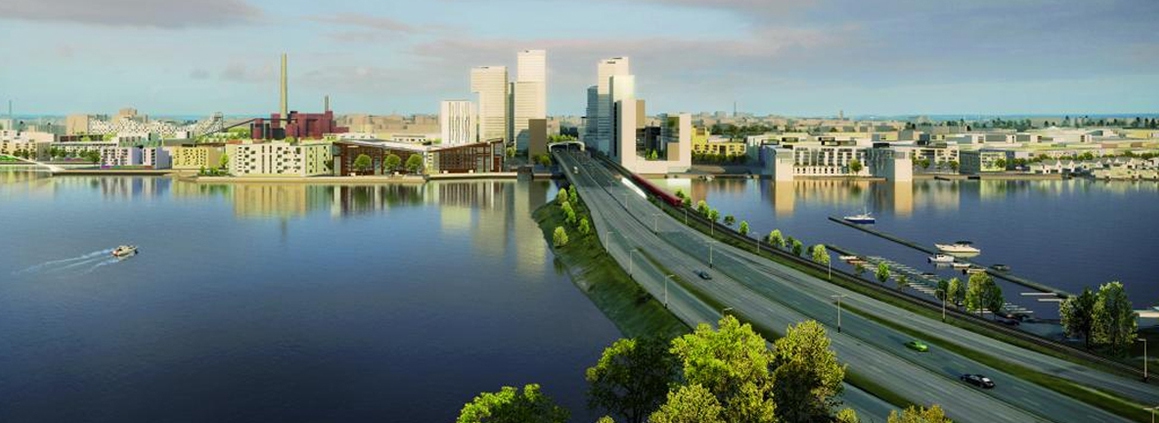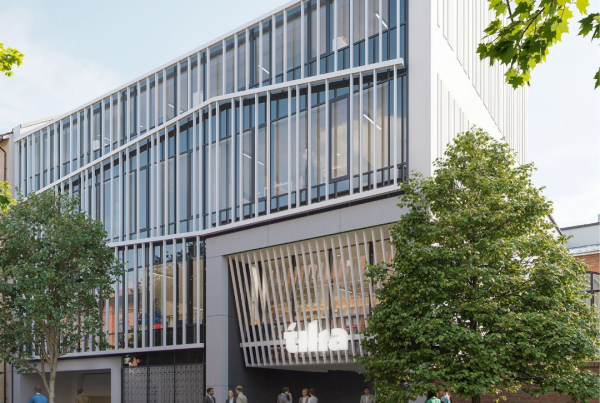Our colleague, Réka Tóth was asked by Sari Putkonen about the relevance of BREEAM rating system in case of Smart Kalasatama in the magazine Rakennettu Ympäristö 2/2016 (Built Environment).
Helsinki city don’t use any assessment method for sustainable buildings or small districts. Would you suggest Helsinki to use BREEAM-method (or maybe some other method) in Kalasatama or Sompasaari and why? Benefits? 2) What kind of sustainability scheme would you suggest?
It is not completely true that the city doesn’t use any assessment method or no assessment method has been used so far in Helsinki. The Finnish Green Building Council has developed a scheme of Building Performance Indicators. It is an easy-to-use method, but less extensive. Besides that there are several assessment methods known to assess municipalities and neighbourhood scale developments, for further info check http://alueportaali.figbc.fi/.
Regarding Kalasatama: so far, no assessment method has been used. I definitely suggest using any method which does not necessarily have to be BREEAM Communities. There are several methods and tools (diverging in their availability and marketing value) which can be used. A developer can choose from the palette of decision-making tools (e.g. One Planet Living, Eco-Districts etc.) through third-party Neighbourhood Assessment schemes (e.g LEED-ND, BREEAM Communities etc.) to the rather comprehensive index based methods of the scientific literature (e.g. Serge Salat, Cities and forms). Applying a method helps to set up targets which are ‘monitored’ all along the project. It requires a team who are responsible for the validation of sustainability aspects all the way long of the project and professionals from different fields are ‘forced’ to work for a better building and negotiate their aspects. However, it doesn’t mean that building or neighbourhoods can’t be good without BREEAM Communities, LEED-ND or whatever assessment you use. At the same time, using an assessment method enables measured results which are easier to compare, plus the achievements of the development can be communicated more easily. Not to mention, Kalasatama is a ‘smart’ development which implies it has another dimension to be addressed, besides being energy efficient or sustainable. What is it exactly mean to be smart and how it can be measured? Does ICT help to be more sustainable/smart or to simply create a better living environment? At what extents? These aspects need to be studied. Currently, I am working on these issues: my aim is to develop an assessment framework which builds upon sustainability but enables the measurement of smartness.
You made several interviews and observations while working in Helsinki. What were your main thoughts on sustainability and smart city in connection to Kalasatama or Sompasaari? Your main remarks?
The project has plenty of measures to address sustainability. Based on my opinion social aspect of sustainability is strong: the work of Forum Virium is remarkable, Kalasatama Living Lab can further enhance the dialogue between the developer and community. Also, the aspects of well-being (healthy living environment) are an emphasised part of the project. Mobility issues are well-considered (such as public transport, electric cars, smart apps to plan mobility etc.) and technologies for resource efficiency (such as pipe-line based waste collection or smart grid) can enhance sustainability as well. What I would suggest as a further improvement, is more clarification on what exactly the development proposal should achieve and more passive design measures, microclimatic studies to be performed in other parts of the development.
source of picture: Jarmo Roiko-Jokela, City of Helsinki; Pekka Salmi
source of portrait: www.klimainnovacio.hu



